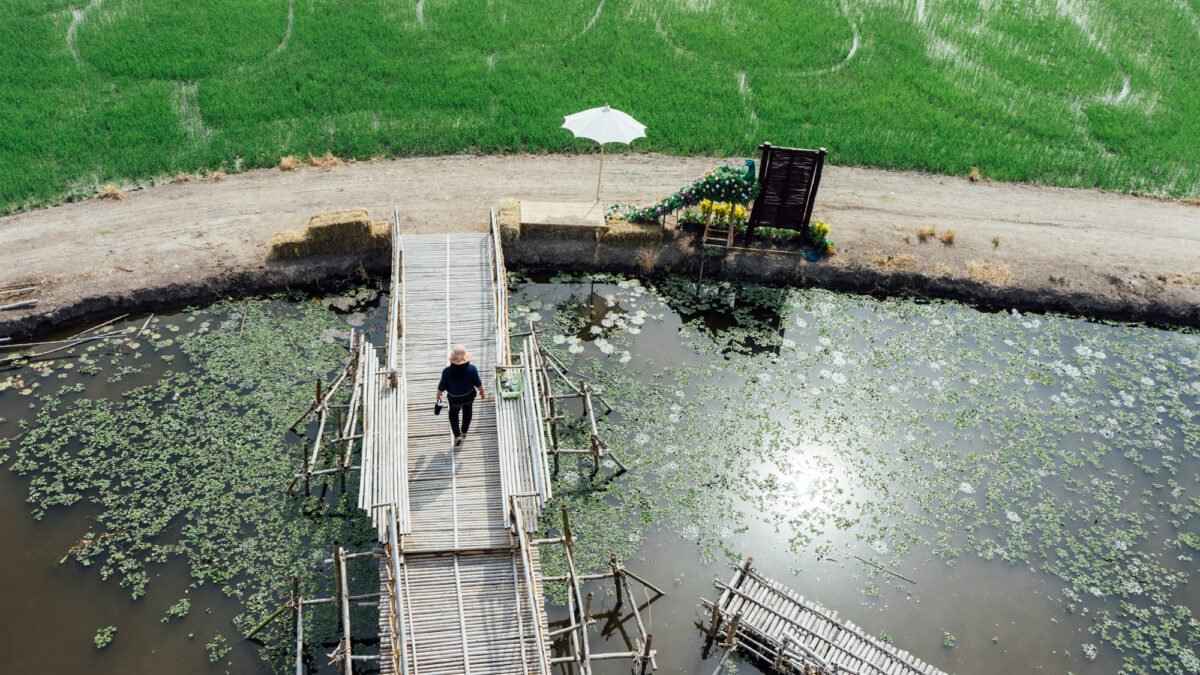Disclosure: Small Business Philippines strives to provide relevant and accurate information in all its articles. However, some information in our articles may differ or might be outdated from what you can see or read directly from the establishments’ or businesses’ websites. Please get in touch with us directly for any discrepancies.
Fish farming, also known as aquaculture, is the practice of cultivating fish in controlled environments for commercial purposes. With the increasing demand for seafood and the decline of wild fish populations, starting a fish farm can be a lucrative business opportunity.
In this comprehensive guide, I will walk you through the step-by-step process of starting and running a successful fish farm in the Philippines.
Why Start a Fish Farm?
Before diving into the details, let’s explore the reasons why starting a fish farm can be a smart business move:
1. Meet the Growing Demand
The demand for fish and seafood continues to rise, presenting a significant market opportunity for fish farmers.
2. Sustainable Food Production
Fish farming offers a sustainable alternative to traditional fishing, helping to conserve natural fish stocks and protect the environment.
3. Economic Growth Potential
The aquaculture industry contributes to economic growth by creating jobs and generating revenue for local communities.
4. Diversify Your Income
Fish farming can be a profitable venture that diversifies your income streams and reduces dependency on other sources.
When and Where to Start a Fish Farm?
1. Suitable Climate and Water Conditions
Choose a location with favorable climate conditions and access to clean and reliable water sources.
2. Legal Considerations
Familiarize yourself with the legal requirements, permits, and regulations for fish farming in the Philippines.
3. Market Research
Conduct thorough market research to identify the demand, competition, and potential buyers for your fish products.
How to Start a Fish Farm – Step-by-Step Guide
Now, let’s dive into the step-by-step process of starting your own fish farm:
1. Determine Your Fish Species
Research different fish species and select the ones that are in demand and suitable for your farm’s conditions.
2. Plan Your Farm Infrastructure
Design your fish farm layout, including ponds, tanks, or cages, based on the selected fish species and production scale.
3. Secure Funding
Calculate the required capital for your fish farm and explore financing options such as loans, grants, or partnerships.
4. Source Fingerlings or Juveniles
Find reliable suppliers of fish fingerlings or juveniles that meet the quality and health standards for stocking your farm.
5. Set Up Water Management System:
Implement an efficient water management system to ensure optimal water quality, oxygen levels, and temperature for fish growth.
6. Feeding and Nutrition
Develop a feeding program and select an appropriate fish feed to meet the nutritional needs of your fish.
7. Monitor and Manage Health
Implement regular health checks, disease prevention measures, and proper biosecurity protocols to maintain the well-being of your fish.
8. Harvest and Marketing
Plan your harvest strategy and establish channels for marketing and selling your fish products, including local markets, restaurants, or direct-to-consumer sales.
Examples and Tips for Success
1. Success Story
Learn from real-life examples of successful fish farms in the Philippines and gain insights into their strategies and challenges.
2. Efficient Farm Management
Embrace technology and modern farm management practices to streamline operations and maximize productivity.
3. Quality Control and Certification
Consider obtaining certifications such as Good Aquaculture Practices (GAP) or Organic Certification to enhance the market value of your fish products.
4. Networking and Collaboration
Engage with local fish farmers’ associations, industry experts, and government agencies to stay updated on the latest trends and opportunities in the aquaculture sector.
Key Takeaways
Starting a fish farm in the Philippines can be a rewarding and profitable venture if approached with careful planning and execution. By following the step-by-step guide outlined in this comprehensive article, you’ll be well-equipped to embark on your journey as a successful fish farmer in 2023.
Remember to conduct thorough market research, choose suitable fish species, secure funding, and prioritize proper farm management, water quality, and fish health. Embrace innovation, collaborate with industry peers, and stay informed about industry trends to stay ahead in the dynamic aquaculture sector.
Now that you have the knowledge and tools, it’s time to take action and make your fish farming dreams a reality. Start planning, gather resources, and prepare to dive into the exciting world of fish farming in the Philippines!



